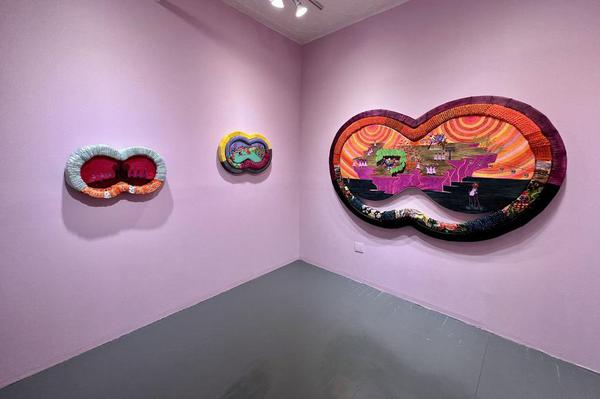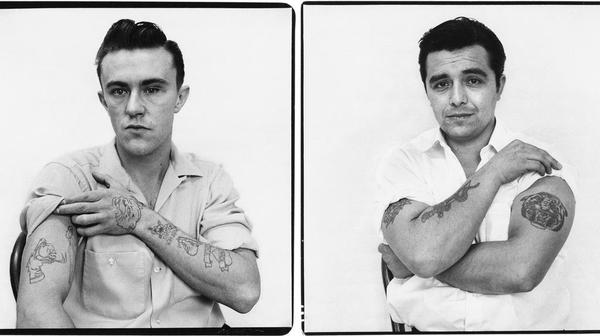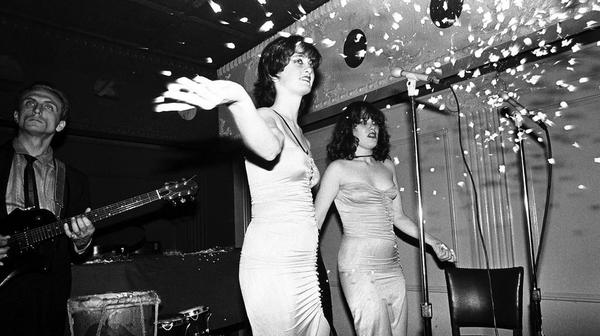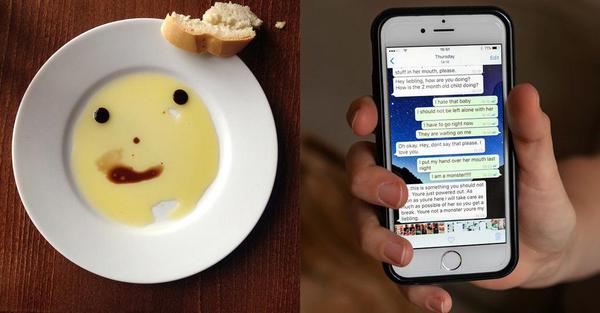
Ross Pino: Between Light and Dark
“Painting saved my life,” Ross Pino declared, describing the experience of picking up a brush in 2018 as both mind-opening and therapeutic. It helped the artist reconnect with his inner child, he explained, pushing him to recall formative memories he had lost or even buried. “I realized it was everything I had been missing, so I continued doing it.”



















